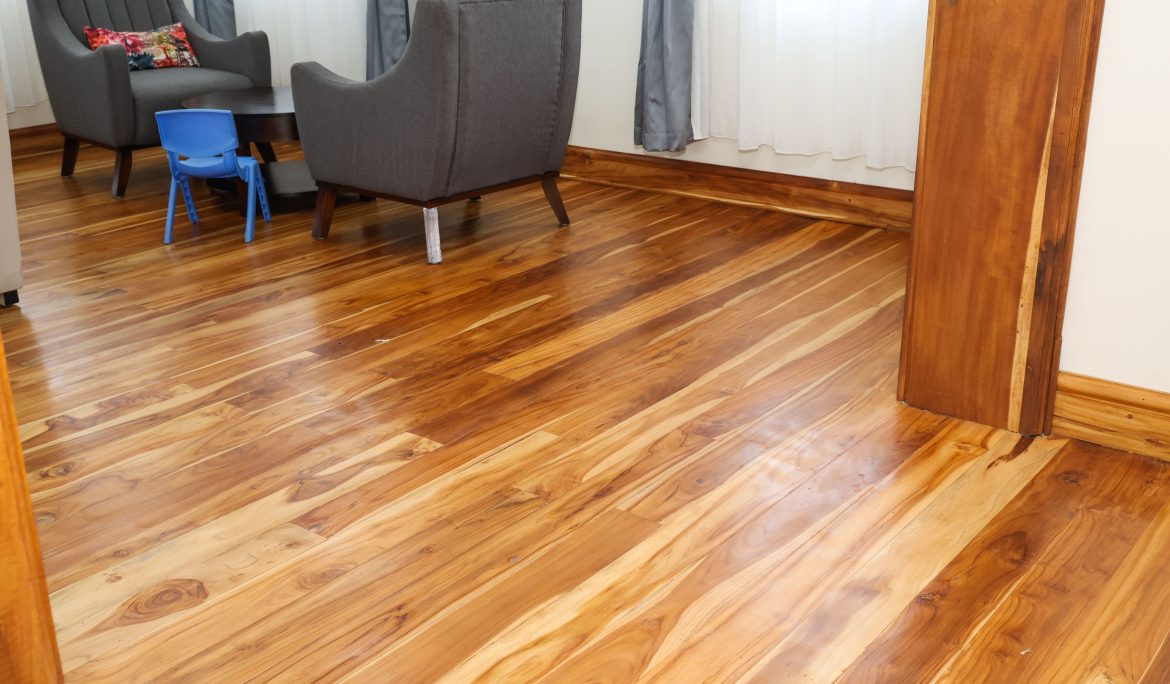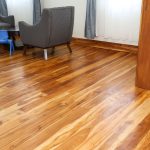When it comes to designing a home, the materials you choose do more than define the look of your space; they influence how you feel within it. Interior designers often talk about color psychology, but fewer people realize that materials have a similar impact. Among natural materials, wood is especially powerful. And within hardwoods, teak stands out not just for its durability, but for the way it creates a warm, welcoming atmosphere in any home.

Wood and Human Connection
For centuries, humans have lived closely with wood in furniture, shelters, and decorative elements. Psychologists argue that natural materials like wood give us a sense of comfort and grounding because they remind us of nature. Unlike artificial materials such as plastic or vinyl, wood carries visible grain patterns, organic textures, and warm tones that trigger feelings of familiarity and relaxation. Simply put, wood feels alive, and this quality makes a house feel more like a home.
The Warmth of Teak
Teak has a distinctive golden-brown hue that radiates warmth, both visually and emotionally. When sunlight falls on teak flooring or furniture, it reflects a soft glow that makes a room feel cozy and inviting. This is one of the reasons teak is so popular in living rooms, bedrooms, and dining spaces, areas where people gather and want to feel at ease.
Beyond color, teak’s natural oils protect it from warping and fading, allowing it to age beautifully into a silver-grey patina. Homeowners often describe this transformation as adding “character” to their spaces. This aging process reminds us of growth, time, and continuity, adding another psychological layer of comfort.
Warmth is more than an aesthetic preference; it plays a psychological role in how we experience our environment. Studies in environmental psychology show that people associate warm tones with hospitality, intimacy, and relaxation. A home finished with teak flooring or decking feels less like a showcase and more like a sanctuary. Guests entering a teak-lined room often perceive it as more welcoming, while residents benefit from reduced stress levels in a naturally warm environment.
Teak and Lifestyle Design
Modern lifestyles are fast-paced, and many homeowners want their spaces to act as retreats from stress. Teak supports this lifestyle goal by offering both function and feeling. Its durability makes it practical for high-traffic areas, but its visual warmth makes it emotionally rewarding. Whether used in a minimalist modern apartment or a traditional family home, teak adapts easily while maintaining its psychological benefits.
Designers often recommend teak for spaces where people spend the most time living rooms, bedrooms, and kitchens because it subtly enhances mood without overwhelming the senses. A teak floor, for example, pairs well with both neutral palettes and bold accent colors, allowing homeowners to personalize their interiors without losing the warmth that wood provides.
Another psychological factor that makes teak special is its role in biophilic design, the idea that humans feel better when connected to nature. As an organic material sourced from responsibly managed forests, teak serves as a bridge between the indoors and the natural world. Walking barefoot on a teak floor or seeing its grain patterns daily can trigger feelings of calm and connection, similar to the relaxation we feel in natural outdoor settings.

The psychology of wood explains why materials like teak are more than just practical choices for construction and design. They affect how we feel, interact, and live in our spaces. Teak, with its golden tones, natural oils, and graceful aging process, creates a warm home atmosphere that supports relaxation, hospitality, and a sense of belonging.
When you choose teak, you’re not only investing in durable hardwood; you’re choosing an atmosphere of warmth that will enrich your home for decades to come.




